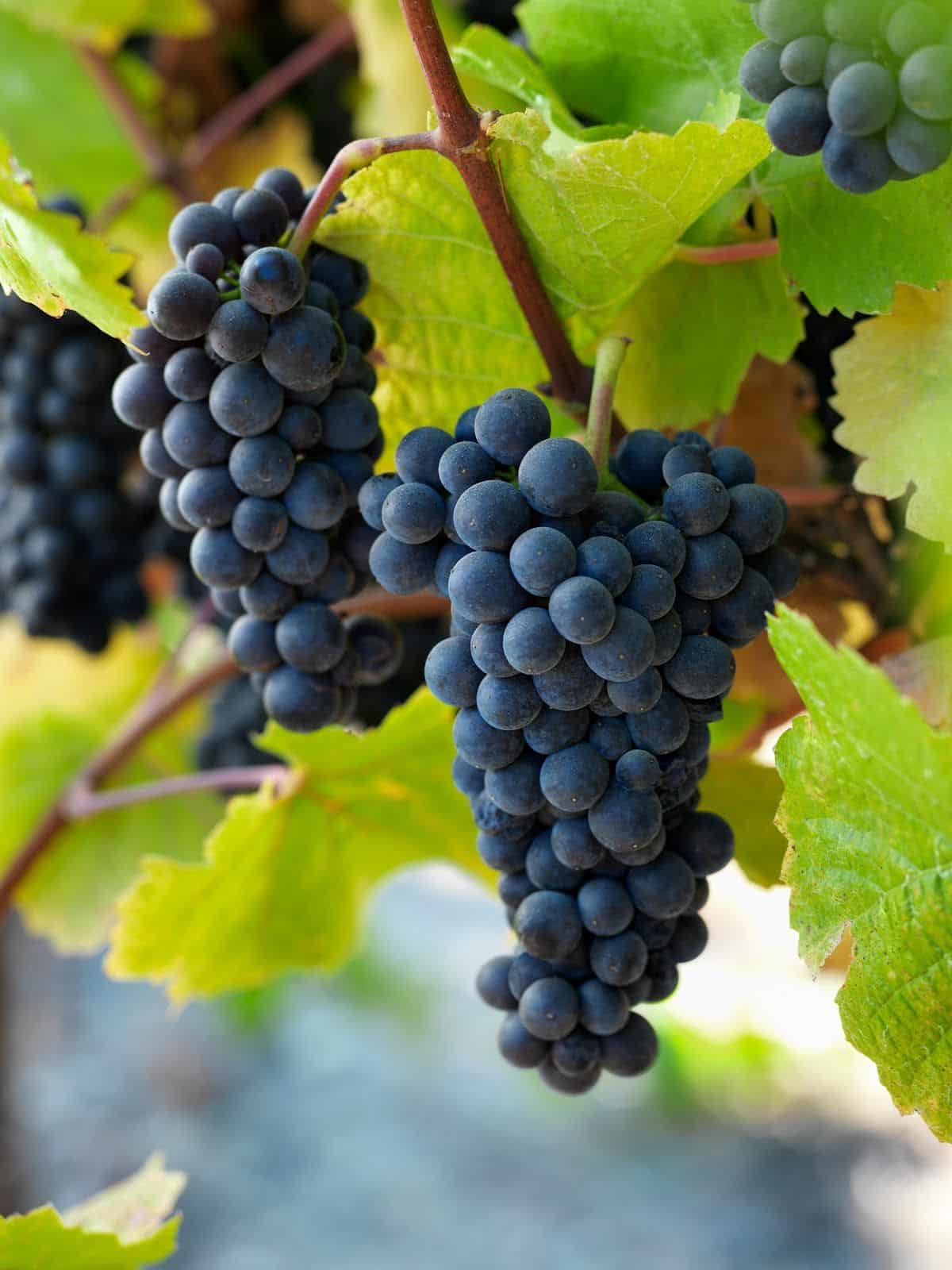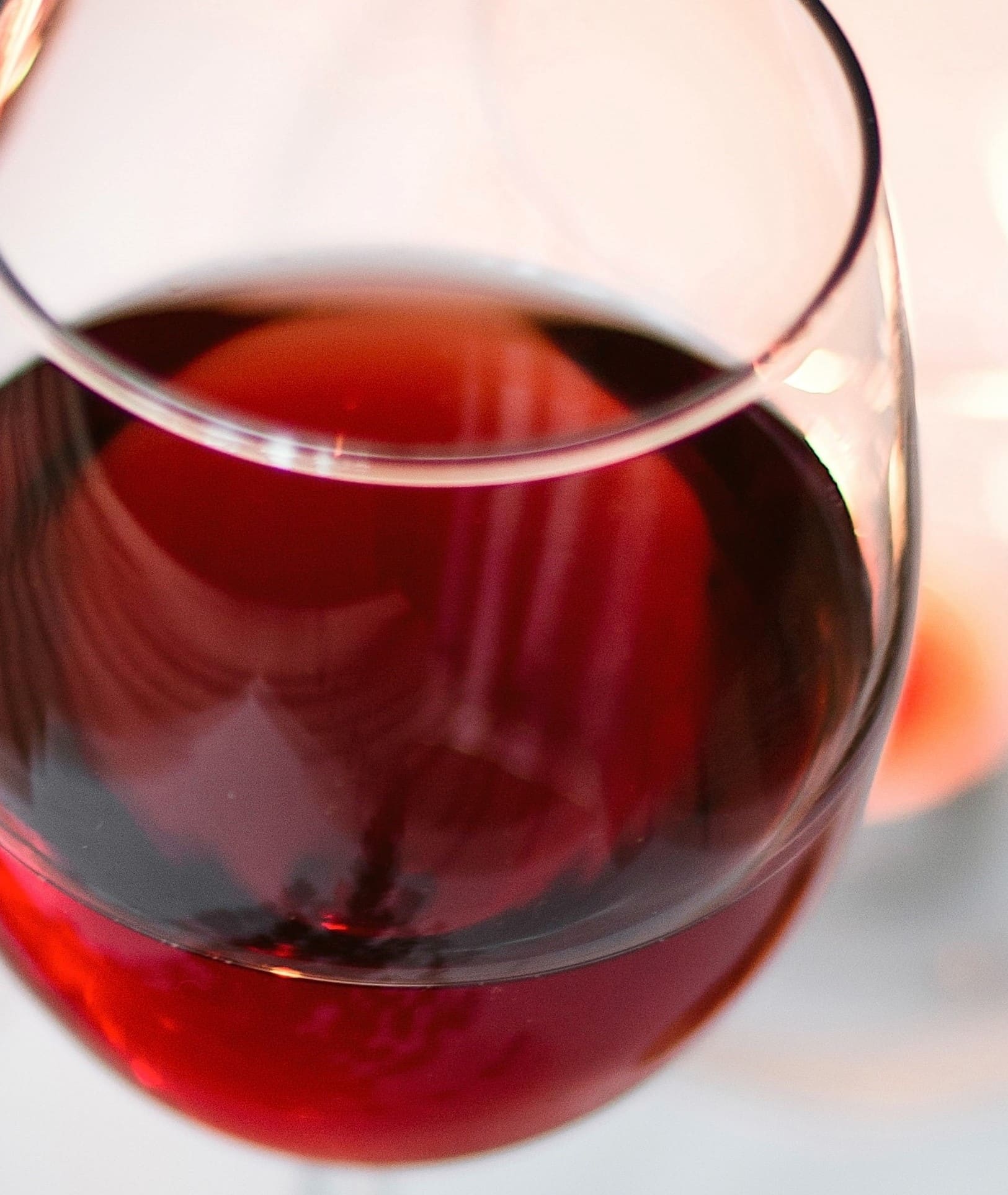Wineries With Unique Varietals - Sebastopol's Vibrant Wine Scene
Wineries With Unique Varietals - Sebastopol's Vibrant Wine Scene
Blog Article
Wineries In The Heart Of Sonoma County Wine Region - Sebastopol Area Wineries Offering Wine
Wine tasting is an art that combines sensory experience with an appreciation for the nuances of various varietals. How to gauge flavors in winery wine tasting classes is pivotal to grasping the complexities of wine.
Participating in a wine tasting involves greater than simply sipping and savoring. It requires a focused method to identify aromas and flavors that each wine presents. As you start, observe the wine's appearance, noting its colour and clarity. These visual cues typically suggest a wine’s age, grape variety, and even potential flavor profiles.
The subsequent step in the tasting course of is to swirl the wine in your glass. This motion releases fragrant compounds that are very important for analysis. Lean in and take a second to inhale deeply; the aromas can range from floral and fruity to spicy and earthy. The nostril of the wine is just as necessary as the palate, and recognizing scents plays a significant role in understanding the overall experience.
When taking your first sip, enable the wine to maneuver throughout your palate - Wineries Near Sonoma Square. Discover the preliminary flavors that present themselves. Is the wine fruity, floral, or maybe herbaceous? This initial taste offers perception into what the wine is likely to categorical as you proceed to gauge it. The mouthfeel additionally contributes to the overall flavor experience; it could be silky, tannic, and even effervescent.
Vineyard Tours With Guided Tastings In Sonoma - Enjoying A Vineyard In Sonoma
As you proceed tasting, pay attention to the wine’s balance. A well-balanced wine will harmonize acidity, sweetness, and tannins. If one part overwhelms the others, it would indicate a much less desirable high quality. Evaluating stability may help you establish how properly the wine may pair with food.
Transitioning to the finish, consider how the flavors evolve as the wine lingers on your palate. A lengthy, pleasant end can indicate a high-quality wine, while a brief or abrupt end might recommend otherwise. Mirror on whether the flavors stay constant or if new notes emerge as the wine settles. This progression can reveal complexities and intricacies which may not have been obvious within the preliminary tasting.
Temperature is also an important think about evaluating wine flavors. Completely Different forms of wine are optimally loved at particular temperatures. White wines often shine when chilled, while purple wines generally perform greatest at room temperature. When tasting, ensure the wine is at the applicable temperature to totally appreciate its character.
Wineries With Breathtaking Gardens In Sonoma - Enjoying Wine In Sebastopol
Pairing food with wine can tremendously improve the tasting experience. Meals can affect the perception of flavors in wine, either highlighting sure characteristics or diminishing them. When evaluating flavors, contemplate how the wine interacts with completely different meals, noticing which flavors are amplified or muted (Spectacular Vineyard Views In Sonoma).

Think About the influence of terroir as you engage in a winery tasting. Terroir encompasses the distinctive environmental elements that affect grape rising, including soil composition, climate, and geography. Understanding a wine's terroir can provide insight into its flavors and aromas, fostering a deeper appreciation for the choices made during its cultivation and manufacturing.
Education plays a basic position in enhancing one's ability to evaluate wine flavors. Learning about grape varieties, wine areas, and manufacturing methods can pave the way for more informed judgments throughout tastings. Additionally, attending workshops or classes can refine sensory skills and expand your flavor vocabulary, enabling you to articulate tasting notes more successfully.

Lastly, it's important to do not neglect that evaluating wine flavors is a extremely personal experience. Individual preferences and perceptions will invariably shape one’s tasting journey. Enjoyment must be on the forefront, with the analysis course of appearing as a device to boost understanding and appreciation quite than create rigid pointers.
Wineries In The Heart Of Sonoma County Wine Region - Discovering Sonoma Area Wineries
In conclusion, mastering how to consider flavors in winery wine tasting periods involves a mix of sensory engagement, data, and practice. By learning to establish aromas, assess the balance, and respect the intricacies of flavor, wine enthusiasts can deepen their connection to every bottle they encounter. As with any art form, the more one immerses themselves within the experience, the extra they may discover and enjoy the huge world of wine.
- Start by observing the wine's shade and readability, as these visible components can trace at its flavor profile and aging potential.
- Swirl the wine gently in your glass; this releases fragrant compounds, allowing you to better identify the advanced scents associated with the wine.
- Take a deep inhale before tasting, focusing on each primary and secondary aromas to collect insights on fruits, spices, and other nuances.
- When tasting, enable the wine to coat your palate; note the preliminary flavors, the mid-palate complexity, and the end as these stages can provide completely different flavor highlights.
- Pay consideration to texture and mouthfeel, as aspects similar to tannin levels, acidity, and sweetness contribute considerably to the general tasting experience.
- Compare flavors in opposition to commonplace wine characteristics; for purple wines, contemplate berry notes, oak influence, and natural tones, whereas whites might embrace citrus, stone fruits, and floral hints.
- Take notes in the course of the tasting session to trace your impressions, helping you to remember and consider the completely different wines sampled.
- Focus On your findings with fellow tasters or winery workers, as sharing insights can enhance understanding and appreciation of individual flavors.
- Allow time for the wine to breathe; sometimes, flavors evolve and reveal new dimensions after being uncovered to air.
- Experiment with food pairings through the tasting as they'll dramatically alter how flavors are perceived, influencing general enjoyment.undefinedWhat ought to I search for when evaluating the aroma of wine during a tasting?
Begin by swirling the wine in your glass to launch its aromas. Deliver the glass to your nostril and take a deep breath. Pay consideration to the first scents you detect, as these are often essentially the most prominent. Look for fruit, floral, natural, or earthy notes and attempt to determine specific characteristics, which will deepen your understanding of the wine's complexity.
Wineries With Educational Tours In Sonoma - Vineyards In The Sonoma Region

How can I distinguish between totally different flavor profiles in wine?
Perceive that flavor profiles are often categorized as fruit, floral, herbaceous, spicy, or mineral. Take small sips and allow the wine to coat your palate. Discover the primary flavors that emerge first and the subtle notes that observe. This layering is important in distinguishing the wine's characteristics and can help you respect its distinctive profile.
Interactive Wine Tasting Experiences In Sonoma - Wine Tasting In Sonoma County
What is the significance of the wine's texture in a tasting?
The texture of the wine, also referred to as mouthfeel, performs a vital position in how we understand flavors. Pay consideration as to if the wine feels easy, creamy, or gritty. The physique of the wine (light, medium, or full) can improve or contrast with flavors, offering a extra rounded experience during tasting.
How do I assess the stability of flavors more information in wine?
Balance in wine refers again to the concord between acidity, sweetness, tannin, and alcohol. Take a second to evaluate whether these components complement or interfere with one another. A well-balanced wine will have none of its elements overpowering the others, creating a pleasing tasting experience.
Wine Tasting Experiences With Local Cheese - Sonoma's Premier Wine Tasting Events
What role does temperature play in evaluating wine flavors?
Temperature can considerably impression the perception of flavors. Generally, pink wines are best served barely under room temperature, whereas white wines get pleasure from being chilled. As the temperature changes, the aromas and flavors can shift, allowing you to understand different characteristics. It’s essential to style wine at its optimum temperature for true evaluation.
Wineries Known For Their Beautiful Gardens - Sonoma Vineyard Tours
How can I improve my tasting skills over time?
Practice is essential to bettering your tasting skills. Good Wineries For Large Groups In Sonoma Valley. Attend tastings, hold a journal of your experiences, and discover different varieties of wines to broaden your palate. Additionally, learning about wine manufacturing and grape varieties can provide context that enhances your evaluation course of, making you a extra knowledgeable taster.
Is there a selected order during which I should style the wines?
Local Favorite Wineries In Sonoma - Discovering The Vineyards Of Sonoma County
Sure, it’s advisable to taste wines from light to full-bodied and dry to candy. This progression prevents the stronger flavors from overshadowing the more delicate ones, allowing you to completely respect each wine's characteristics and nuances without palate fatigue.
How can I evaluate the aftertaste of wine?
Wineries With Unique Varietals - Sonoma Wine Region Vineyards
The aftertaste, or finish, is a vital facet of the wine-tasting experience. After swallowing, pay attention to how long the flavors linger on your palate and whether they change. A lengthy, pleasant end is usually an indicator of a high-quality wine, while a short or unpleasant finish might recommend otherwise.
Why is it important to notice the wine’s acidity throughout tasting?
Acidity contributes to the general freshness and construction of the wine. Pay consideration to the tingling sensation in your tongue; higher acidity can enhance the wine's liveliness and steadiness out sweetness. Noting acidity helps decide the wine's versatility with food and its getting older potential.
What should I do if I wrestle to establish particular flavors in wine?
Wineries Offering Off The Beaten Path Experiences - Wine Tasting At Sonoma Vineyards
Struggling to determine flavors is common, particularly for beginners. Focus on broader classes and describe what you'll have the ability to recognize, similar to candy or earthy notes. With practice, reading about totally different flavor profiles, visit their website and perhaps using flavor wheels, you'll refine your senses and develop a extra nuanced strategy to tasting. Report this page